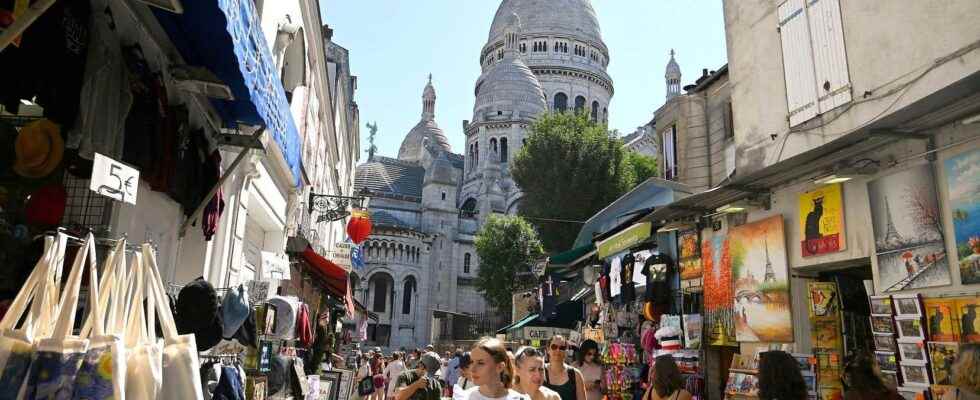The euro plunged Monday below parity with the dollar, the lowest in nearly 20 years, caught between a major energy crisis in Europe and an American central bank (Fed) still on the offensive to curb inflation.
Around 2:15 pm Monday Montreal time, the euro lost 1.05% to settle at 0.9932 dollars, its lowest level since December 2002. The single currency had already fallen below parity for the first time in mid-July.
The closure announced from August 31 to September 2 of the Nord Stream 1 gas pipeline for maintenance reasons, which supplies the bulk of Russian gas to Europe, has further heightened fears of shortages on the Old Continent, and boosted prices. natural gas in Europe. “This increases the risk of a significant economic slowdown by the end of the year” in the euro zone, said Shaun Osborne of Scotiabank.
“The evolution of energy prices and the question of supply are both very worrying and this is what is behind this movement” downwards for the euro, according to Erik Nelson of Wells Fargo.
The United Kingdom is also caught in this crisis, and the pound sterling did little better than the euro on Monday against the greenback. It was flirting with its level of March 2020, in the early days of the pandemic, at 1.1760 dollars for one pound.
Prior to 2020, the British pound had not fallen below $1.18 since 1985.
Very dependent on Russian supplies, Hungary saw the forint fall to its lowest level in its history against the dollar, at 411 forints to the dollar.
“The sword of Damocles hanging over Europe is gone to stay there,” warns Kit Juckes, analyst at Societe Generale.
And the week threatens to be even more painful for the euro, because “poor PMI indicators on Tuesday could be enough to anchor the euro under one dollar”, he warns.
The Fed still at the forefront
This development places the European Central Bank (ECB) in a “very difficult” situation, observes Erik Nelson. An increase in its key rate at its next meeting on September 8, expected by half a percentage point, “would support a little [l’euro]but with the risk of worsening the economic situation” of the area.
And even by daring to raise another half point, as the market predicts, after a similar rise in July, the ECB would not catch up on the Fed, which operators are now seeing rise for a third time in a row. its rates by 0.75 percentage point in September.
The difference in pace is reflected in bond rates. The spread between the yield on US government bonds at 3 months and those of Germany, for the same maturity, was Monday at its highest for almost three years.
“People expect the Chairman of the Fed, [Jerome] Powell, adopts a speech perhaps a little more offensive than in July” during his address, scheduled for Friday at the annual meeting of central bankers in Jackson Hole, Wyoming.
In addition to continued tightening, the official could stress “the likelihood that inflation will remain high for a while […] and that rates remain high for a while as well,” says Shaun Osborne.
After banking on a possible Fed rate cut during the first months of 2023, the market is only considering it at the end of next year, which is helping to support the “ greenback another nickname for the dollar.
Some analysts see the euro slipping even more as the cold season arrives, notably Nomura, which evokes the single currency at 0.95 dollars by October, or even below.
But for Shaun Obsorne, “the dollar has already gone very high and we are not convinced that it will go much further in the medium term”.
